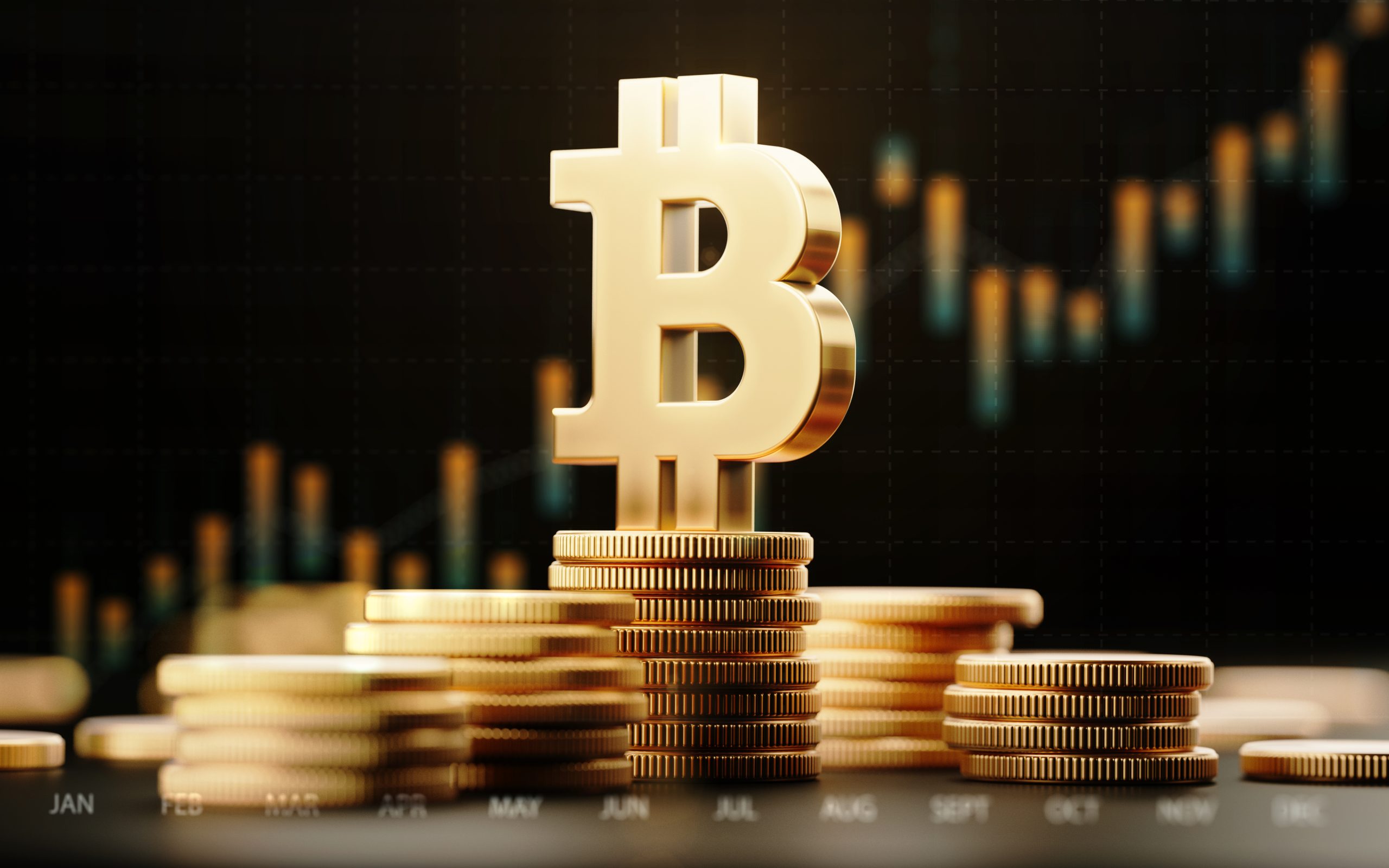Most major cryptocurrencies are being bought by treasury companies now.
Simple ideas can be powerful. Strategy (MSTR 6.10%), formerly known as MicroStrategy, has such an idea. In a nutshell, it issues new debt and new equity to raise capital for huge purchases of Bitcoin (BTC -0.37%), which it aims to hold for the long term, making it the first and largest “crypto treasury” company. Its shares are up by 173% in the last 12 months alone, exceeding Bitcoin’s gain of 99%.
Other businesses have copied Strategy’s approach, and some are even doing it with Ethereum (ETH 3.37%). But could Ripple’s XRP (XRP 1.20%) be next in line for corporate treasurers?
Image source: Getty Images.
This template is spreading like a virus
Once a playbook looks like it works, it tends to spread. That’s why companies beyond Strategy have adopted Bitcoin as a primary reserve asset, including Semler Scientific, which formalized a Bitcoin treasury approach in 2024 and continues to telegraph its accumulation targets through 2025.
Meanwhile, a second and third wave of crypto treasury companies are coalescing around buying hundreds of millions of dollars’ worth of other popular cryptocurrencies, like Ethereum, as well as some of the forgotten coins of yesteryear, like Litecoin, and even some downright outlandish picks like Dogecoin. Those businesses rely on the same principles of using debt or equity issuance to fund purchases of their asset of choice.
But their long-term growth prospects are quite different, because ultimately, they vary depending on the chosen asset. The investment thesis for Ethereum has more to do with its utility in decentralized finance (DeFi) than with its scarcity, which is a far more relevant factor in the investment thesis for Bitcoin. These two coins could and probably will both perform well, but there isn’t much reason to expect that they will perform equally.
For investors, the proposition is that buying stocks in crypto treasuries is similar to owning the underlying coin, but with leverage created by choices like whether the company uses convertible bonds, equity raises, or other forms of financing. There’s also some overhead associated with buying a crypto treasury instead of the underlying asset: The companies have expenses, as well as some added risk brought on by the organizational and governance factors that are inherent in a public company.
Nonetheless, the most appetizing piece is that when the underlying crypto asset soars, the stock will likely outperform it. Of course, when the coin falls, shareholder dilution or debt can bite hard, and debt is generally something that needs to be managed carefully and proactively.
So, if the market now tolerates a swath of different reserve assets for crypto treasuries, the door is open for XRP-only versions to emerge — and they are.
XRP treasuries are now on the scene
A few companies have begun accumulating XRP for their balance sheets. VivoPower announced in late May what it described as an XRP-focused crypto treasury strategy alongside a $121 million private placement, with intent to buy and hold XRP and build its internal DeFi capabilities.
It isn’t the only one either. In July, Nature’s Miracle Holding established an XRP treasury program worth $20 million, funded via a registered equity facility. As of late August, at least 10 other XRP-targeted treasury businesses and purchasing plans are already forming up quickly, with some calling for allocations as high as $500 million.
Assuming that more dedicated XRP treasuries are initiated, investors will face the same trade-offs as described above.
Buying shares in a crypto treasury is not the same as buying XRP. The stock adds operating risk, financing risk, and dilution risk on top of the coin’s volatility. It might outperform in a steep XRP bull run, but it can also underperform badly if management issues stock into strength, borrows at the wrong time, or executes the plan badly.
Therefore, for most long-term investors who want exposure to the upside from the thesis that corporate treasuries will accumulate XRP and constrain its float and thereby generate higher prices, the simpler and safer route is to buy and hold XRP directly. Buying the coin directly gets you the potential upside if crypto treasury demand leads to durable buying, but you will also avoid the risks that come with a small public company’s balance sheet decisions.
Own the asset you actually want to own, not an IOU from something else that owns it, and only add the leverage and management risk if you truly mean to.
Alex Carchidi has positions in Bitcoin and Ethereum. The Motley Fool has positions in and recommends Bitcoin, Ethereum, Semler Scientific, and XRP. The Motley Fool has a disclosure policy.







